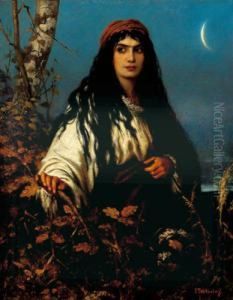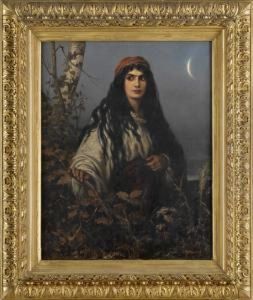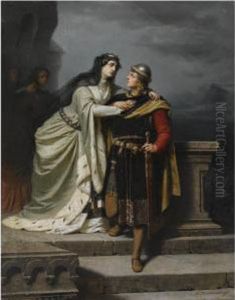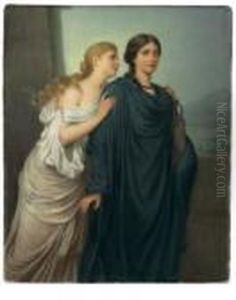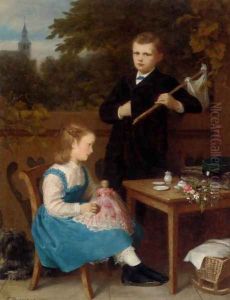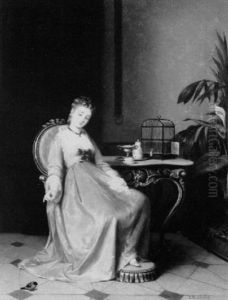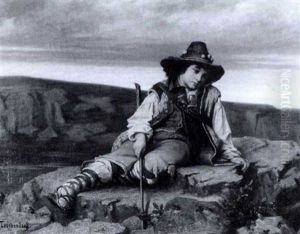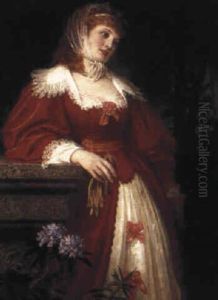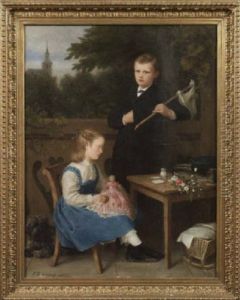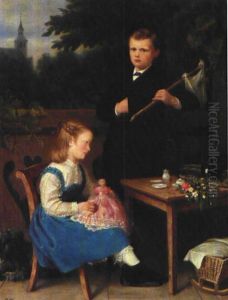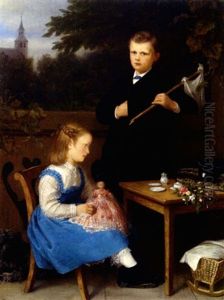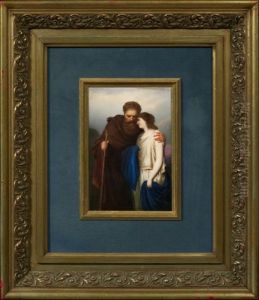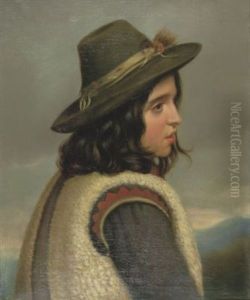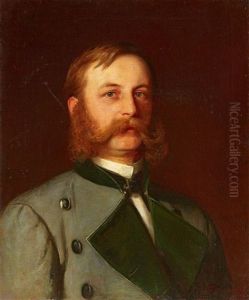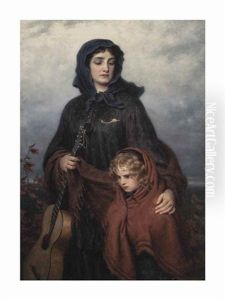Emil Teschendorff Paintings
Emil Teschendorff was a German graphic artist, painter, and illustrator, whose work encapsulated the various artistic movements of the early 20th century, including Expressionism and elements of the New Objectivity. Born in 1889, Teschendorff's early life and artistic education were deeply influenced by the cultural and historical backdrop of Germany leading up to and following World War I. His artistic journey began in earnest at a time when the country was undergoing significant social, political, and artistic upheavals, which undoubtedly influenced his work.
Teschendorff's artistic output was diverse, ranging from etchings and lithographs to watercolors and oil paintings. He was known for his keen observation of the world around him, which he translated into his art with a unique blend of realism and expressionistic flair. Throughout his career, Teschendorff explored themes of urban life, the human condition, and the landscapes of Germany, often imbued with a sense of melancholy and introspection that was characteristic of the era's artistic sentiment.
Despite his contributions to the art world during his lifetime, Emil Teschendorff remains a somewhat enigmatic figure, with his work being better known among connoisseurs and collectors than the general public. His artistic legacy, however, is preserved in various German museums and private collections, where his pieces continue to be studied and appreciated by those who seek to understand the rich tapestry of German art in the first half of the 20th century. Teschendorff's death in 1958 marked the end of a career that had navigated through some of the most tumultuous periods in modern history, reflecting the shifting tides of artistic expression and the enduring human spirit through his body of work.

